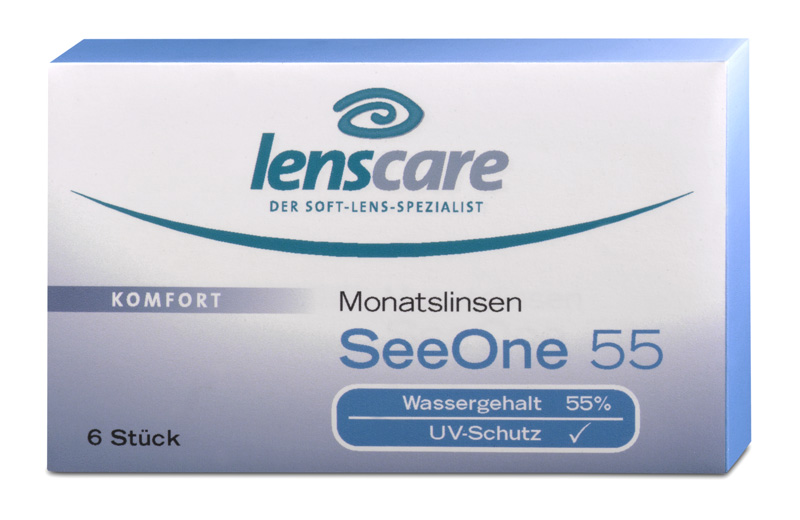

Lenses made of polyacrylamide were introduced in 1971. Soft contact lenses were first produced in 1961 by Czech chemical engineer Otto Wichterle using polyhydroxyethylmethacrylate (pHEMA), a material that achieved long-term commercial application. Lenses made of PMMA are called hard lenses. PMMA lenses were easier to produce so the production of glass lenses soon ended. In 1938 perspex ( polymethylmethacrylate, or PMMA) began to replace glass in contact lens manufacture. The lenses were thin, yet reports of injury were rare. For the first fifty years, glass was the only material used. Initially the glass was blown but soon lenses were made by being ground to shape. The first contact lenses were made of glass, in 1888. Newer soft lens materials include silicone-hydrogels to provide more oxygen to your eye while you wear your lenses. Soft contact lenses may be easier to adjust to and are more comfortable than rigid gas permeable lenses. Made of soft, flexible plastics that allow oxygen to pass through to the cornea.

The US Food and Drug Administration (FDA) defines soft contact lenses as: The American Optometric Association published a contact lens comparison chart called Advantages and Disadvantages of Various Types of Contact Lenses on the differences between them. In the US market, soft contact lenses are approved by the US Food and Drug Administration. It has been suggested that this section be split out and merged into the article titled Contact lens#Soft lenses, which already exists.


 0 kommentar(er)
0 kommentar(er)
